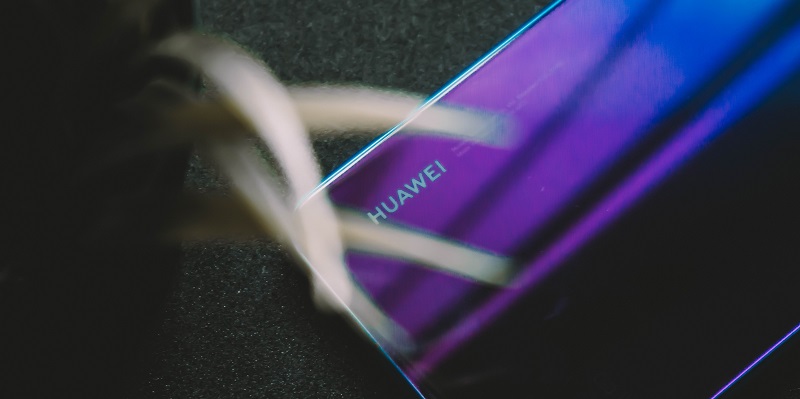Huawei has emerged as one of the major disruptors in the smartphone industry over the past few years. Their contributions to the development of new hardware features and relentless pursuit of innovation have had a profound and positive effect on the entire phone world. In this article, we will delve into the latest flagship phones from Huawei – the Huawei Mate 60, Mate 60 Pro, and Mate 60 Pro+ – and explore their striking design features, particularly the intriguing use of three Dynamic Islands. Moreover, we will discuss the significance of Huawei’s design approach in competing with Apple in the premium range and the importance of hole size in phone displays.
Introducing the Huawei Mate 60 Pro Series
The new flagship phones from Huawei, namely the Huawei Mate 60, Mate 60 Pro, and Mate 60 Pro+, are set to revolutionize the smartphone market once again. With a stunning blend of innovative features and futuristic design, these devices are expected to captivate consumers worldwide.
Embracing Unique Design Elements
Huawei’s commitment to pushing boundaries shines through in its design choices for the Mate 60 Pro Series. The 2.5D curved front glass, along with thinner symmetrical display borders and a Dynamic Island cutout, impressively delivers on Apple’s promise for the upcoming iPhone 15 Pro and iPhone 15 Pro Max/Ultra. However, Huawei adds its own captivating twist by incorporating three Dynamic Islands instead of one. This bold move highlights Huawei’s determination to set new standards in smartphone design.
Unveiling Apple’s Dynamic Island
Apple introduced the Dynamic Island almost a year ago, opting to replace the conventional notch on its premium iPhones. While initially subject to online mockery due to the large cutout, Apple users have embraced the uniqueness and functionality of the Island. Huawei’s decision to have three dynamic islands on the Mate 60 Pro Series marks a departure from Apple’s approach. This strategic move not only demonstrates Huawei’s willingness to experiment with design but also sets them apart from competitors, including Apple. By incorporating multiple dynamic islands, Huawei effectively maximizes the screen real estate while maintaining a visually striking and functional layout.
Praise for Huawei Mate 60 Pro Series Design
The Huawei Mate 60 Pro Series presents one of the most symmetrical smartphone designs in recent memory. From the front to the back, the device showcases meticulous attention to detail, creating a harmonious and visually appealing experience for users.
Standing Out in the Premium Range
In the pursuit of competing with Apple in the premium range, it becomes imperative to offer a design that not only stands out but is also practical. Huawei achieves this delicate balance with the Mate 60 Pro Series, combining cutting-edge features with an aesthetically pleasing design language that appeals to discerning customers.
Embracing Novel Materials, Textures, and Colors
While the industry has been laser-focused on front display design, there is a compelling case for Android phones to reclaim boldness in their back design. Huawei can lead this charge by introducing novel materials, unique textures, and striking colors that truly make their devices stand out in a crowded market.
The Significance of Hole Size
The size of the hole in a phone’s display has gained considerable attention in recent times. As consumers, we are presented with a range of choices – Dynamic Island, multiple Dynamic Islands, or a small hole. Understanding the importance of this decision becomes crucial in determining user satisfaction and the future direction of smartphone design.
User Preferences and Opinions
The debate surrounding hole size preferences is multifaceted, with users aligning themselves with either team Dynamic Island, team Dynamic Islands, or team small hole. Examining user feedback and exploring individual preferences sheds light on the varying perspectives and highlights the need for a more personalized approach in design.
Huawei’s Mate 60 Pro Series continues to push the boundaries of smartphone design and innovation. With their bold and disruptive approach, Huawei has once again established itself as a force to be reckoned with in the industry. The multifaceted use of three Dynamic Islands, alongside the symmetrical design elements, showcases Huawei’s commitment to delivering visually impressive and practical flagship phones. As the design landscape continues to evolve, the importance of hole size in displays and the need to be bolder in back design become prominent considerations for manufacturers. Huawei’s Mate 60 Pro Series offers a glimpse into the future, inspiring both users and industry competitors alike to embrace innovation and strive for excellence.

